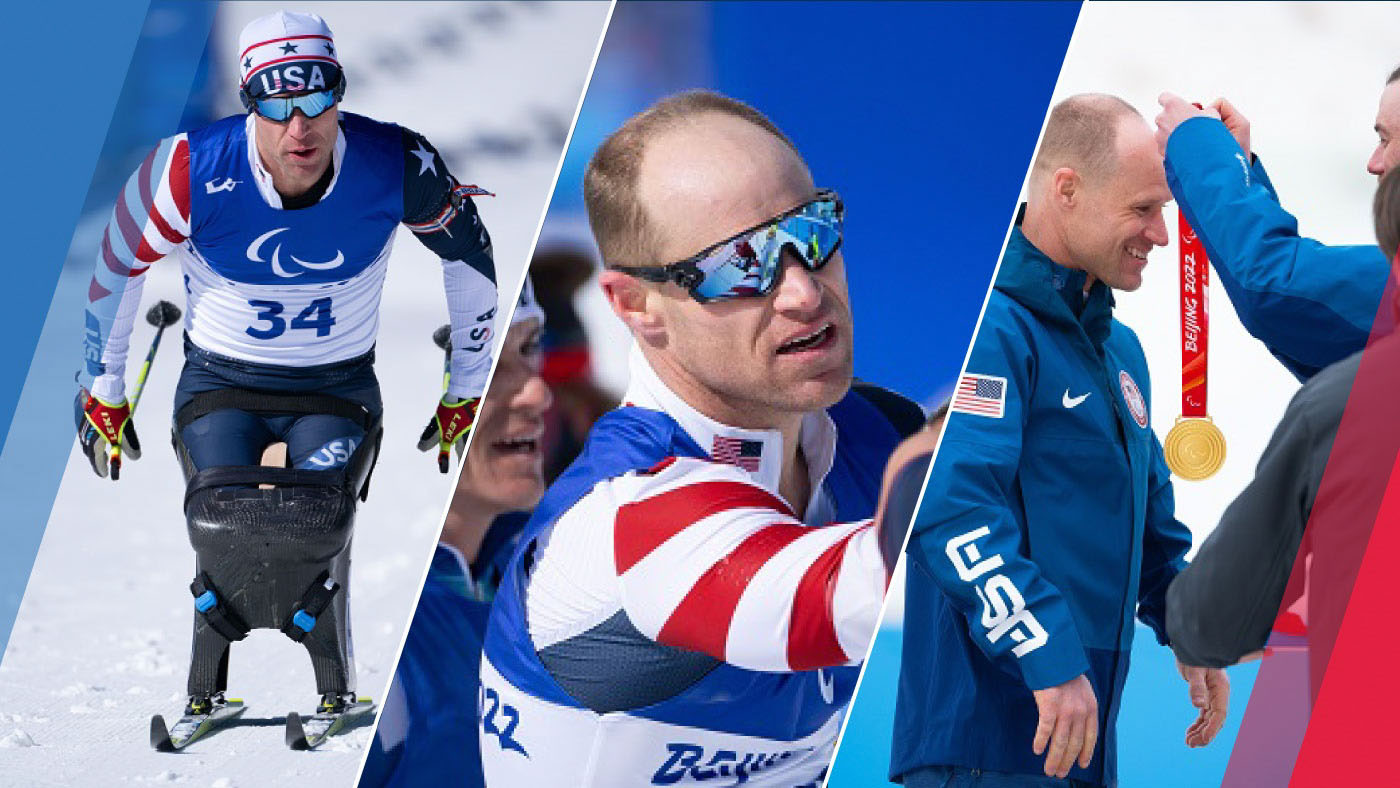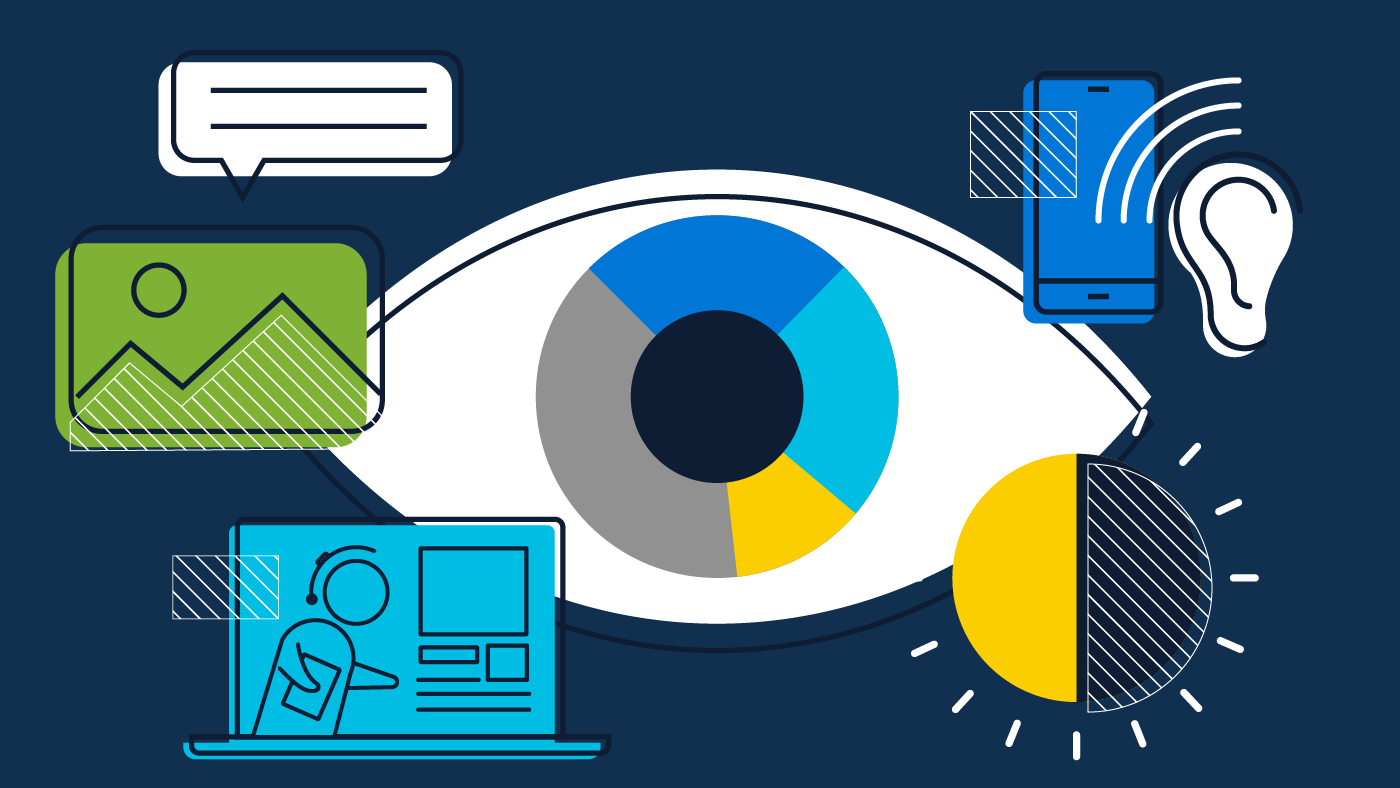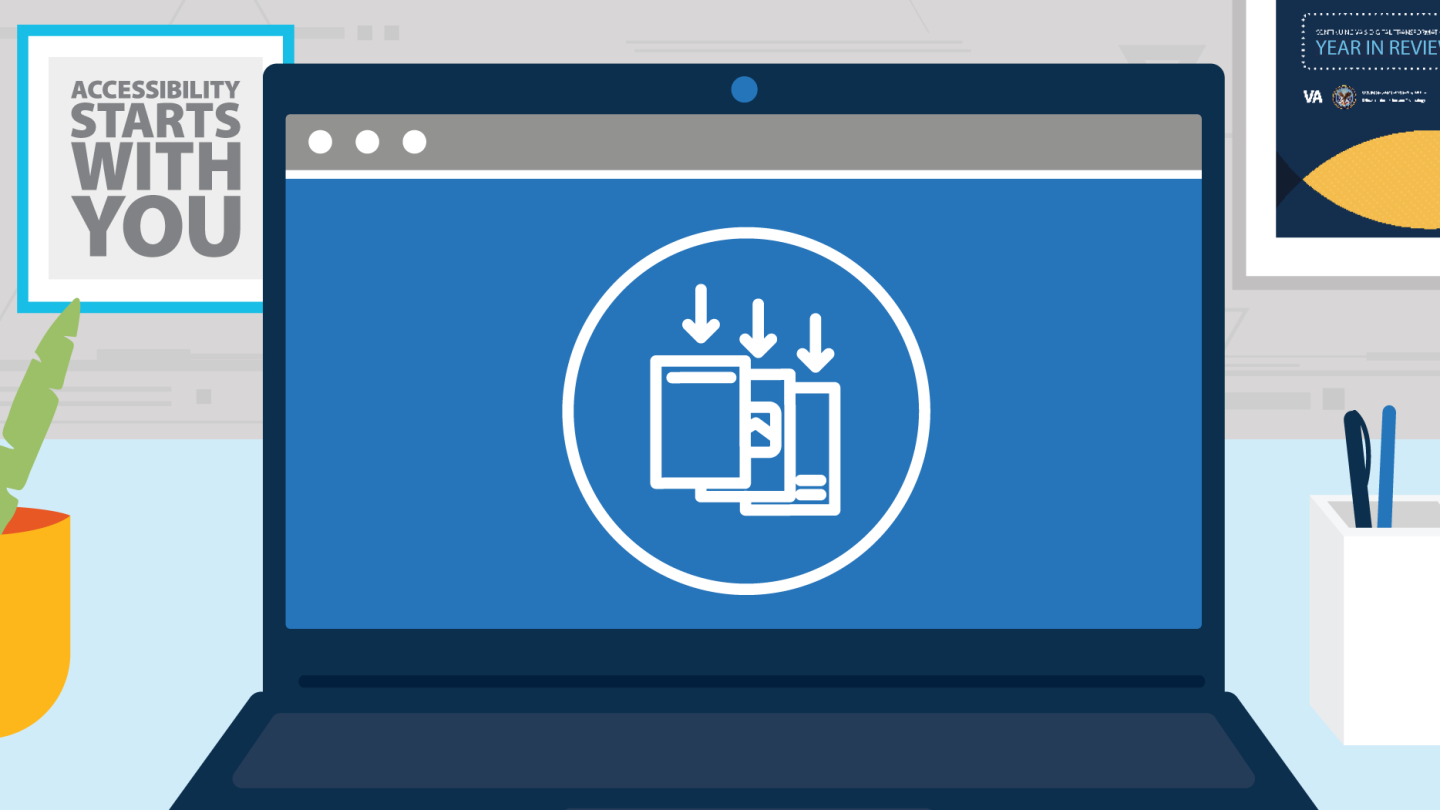Appears In
The fact that I had hope for walking and running again really pushed me forward.”
Dan Cnossen is one example of a Veteran who has turned adversity into resiliency. In 2009, he lost both legs while deployed as a U.S. Navy SEAL in Afghanistan. He received state-of-the-art care from the Veterans Health Clinic (VHC) in Boston, Massachusetts. The Boston VHC is one of 1,297 care sites run by the Department of Veterans Affairs (VA), which provides specialized health care to Veterans, many of whom are disabled because of their military service.
Two years and over 40 surgeries later, Mr. Cnossen began cross-country skiing as part of his rehabilitation and was training for the 2022 Paralympic Games when the pandemic hit in March 2020. Mr. Cnossen’s athletic ambitions would have been derailed if not for the telehealth capabilities supported by VA’s Office of Information and Technology (OIT). Telehealth services allow clinicians to conduct remote appointments with Veterans, thus ensuring uninterrupted care during the pandemic. Additionally, we prioritize designing digitally accessible products to provide Veterans with visual and hearing impairments have equitable access to the digital products, such as websites and apps, required to utilize telehealth services.
For Mr. Cnossen, utilizing a combination of VA telehealth services and OIT’s accessibly designed products enables him to continue working toward his Paralympic goals.
“Telehealth has played a big role in the last couple of years in my VA appointments,” Mr. Cnossen says. “In addition to prosthetics, VA services all of my other needs, because when I was injured in 2009, I had a lot of internal injuries, so I fall under various VA departments, and I’m seen regularly by those departments.” Prior to the pandemic, Mr. Cnossen’s injuries required him to travel to various medical appointments which took time away from his rigorous training schedule. “Sometimes it [felt] like I [was] a full-time patient, just going in and out to appointments,” he recalls. “With the onset of the pandemic, the VA transitioned, in my view, from [an in-person] experience into more of that telehealth model, and that is very convenient.”
For Mr. Cnossen, every hour spent in traffic is time that could be spent training. “It saves so much time because I am trying to work part time and I’m training full time for the Paralympic team. Having to drive into Boston, it eats up either a morning or eats up an afternoon and so that time savings is just so important,” he says.
Equally important is the continuity of care enabled by accessibly designed telehealth products. Mr. Cnossen receives prosthetics medical authorization from a local civilian specialist via in-person appointments. He then uses VA telehealth services for virtual follow-up appointments and accessibly designed OIT telehealth apps to address any related medical logistics. Specifically, Mr. Cnossen uses the My HealtheVet app for secure messaging and prescription refills and “for sending secure messages to the particular medical department within the VA and then requesting a refill of prescription,” as well as the “VA online scheduling” app to check his appointment schedule. “To be able to have that continuity of care paid for by the VA is awesome,” says Mr. Cnossen, “and that then translates into time saved that I can apply towards training.”
In the decade plus since his injury, Mr. Cnossen has undergone a physical, mental, and emotional transformation thanks in large part to the ease of access to VA’s telehealth services in combination with OIT’s accessibly designed digital apps. Even with his injury, Mr. Cnossen appreciates how lucky he is.
“For me, walking long distances on my prosthetic is very, very demanding. But there are…many other barriers to accessibility…so it’s very important that digital platforms are accessible for everyone, [including] people who have limited vision, [and] people who cannot hear…By having digital platforms, I think you have the potential to expand your outreach and expand your range of people whom you’re caring for.” Mr. Cnossen is living proof of the positive difference having access to OIT telehealth and digitally accessible resources can make on improving the quality of a Veteran’s life.
Accessibility at VA starts with you. To learn more about accessibility, explore OIT’s Accessibility Guide and watch OIT’s Accessibility videos.






